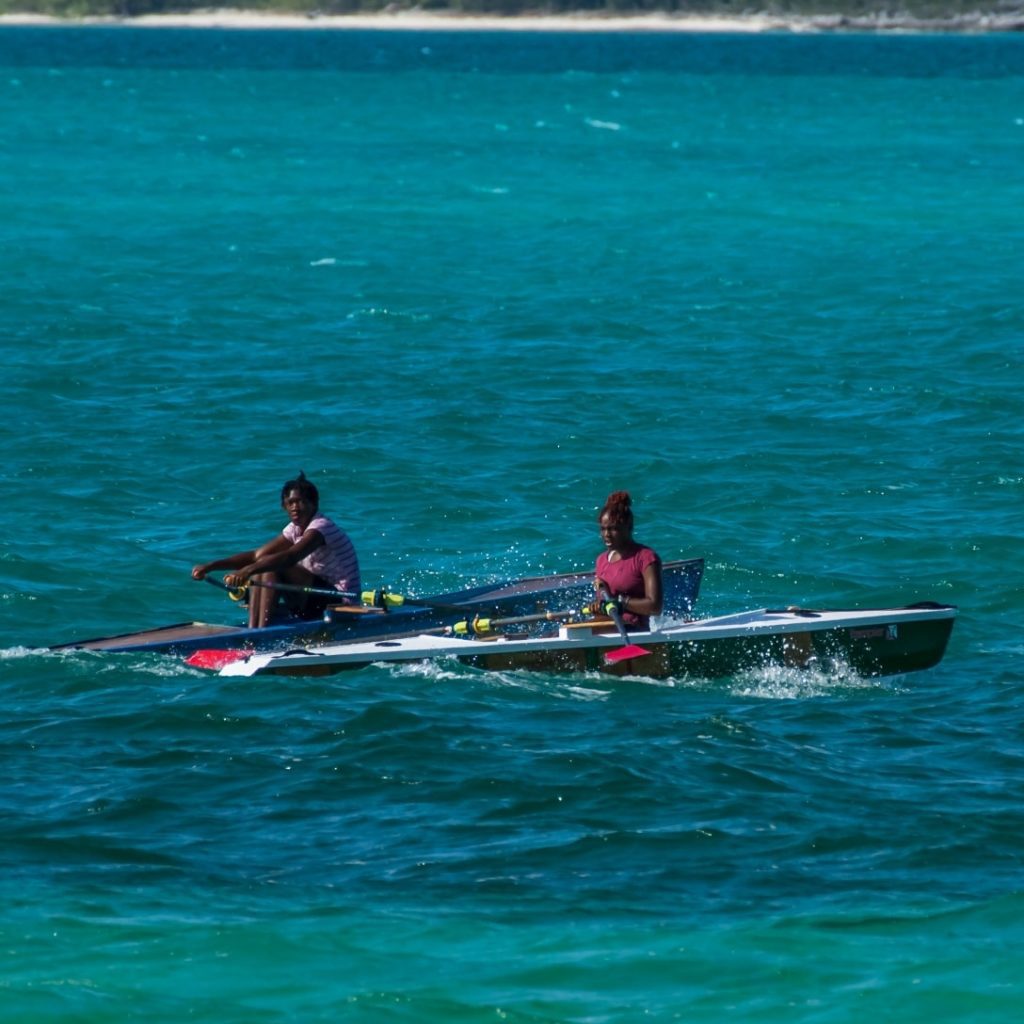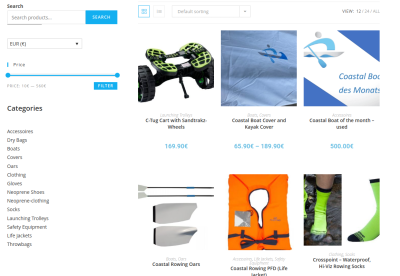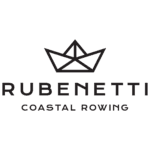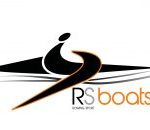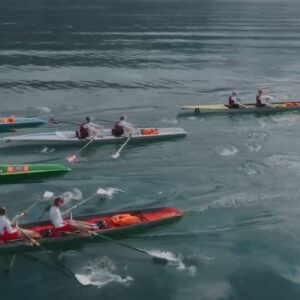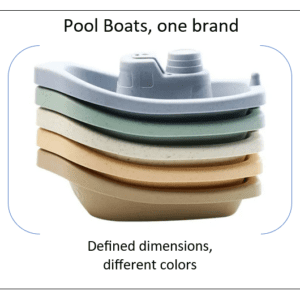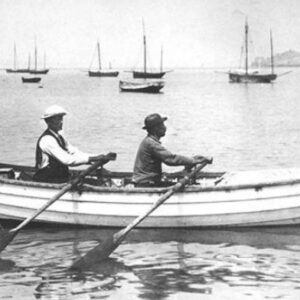When tourists think about the Bahamas, most people think about going to Nassau Island to spend their vacation there. Others go gambling or enjoy the magnificent scenery. When coastal rowers think about the Bahamas, they think about Exuma Island and the Skullers Rowing Club. A true coastal rowing jewel.
Exuma – the coastal rowing hub in the Caribbean Sea
Exuma is a district of the Bahamas, consisting of over 365 islands, also called cays. The largest of the cays is Great Exuma, which is 37 mi in length and is joined to another island, Little Exuma, by a small bridge. The capital and largest town in the district is George Town. And this is the place where Scullers Rowing Club is located. Just across Stocking island in Elizabeth Harbour.
The Bahamas have to our knowledge 4 – 5 rowing clubs. The most well-known club for Coastal Rowing is definitely the Scullers Rowing Club, SRC. This club is full of activities and promises a lot of fun.
According to their website, the SRC was founded by a meeting of destiny and a desire to bring a new sport to the magical island of Exuma. From the very beginning, the initiators believed that rowing is a life-changing sport, not just in terms of physical fitness but also carrying over into your everyday life by teaching awareness, mindfulness, leadership & team-building, troubleshooting, commitment & discipline. One of their principal Goals is to expose as many Exumians (especially the youth) to this sport and foster their development into better human beings via a healthy competitive atmosphere. The focus is not just on the youth, but we welcome Exumians & Visitors of all ages to row in paradise with us. And the results are great. The team will participate at the WRCC in Saundersfoot 2022. A great achievement.

Skullers Rowing Club: Power, Grace and Gold medals
Rowing clubs need individuals as sponsors and people who drive the club. Michael Knowles is one of these people. As the club’s president, he drives the organisation to new limits. He takes care of the 4 club programs – Junior Rowing training, high-performance rowing, Coastal Rowing and boat building.
Gold medal coach: As the Bahamas National Coastal Rowing team coach, he coached the Bahamas team to Golds in the CJ1x and CJMix2x, as well as a bronze in the CJW1x at the Copa America Coastal Championship in Lima, Peru, this past April. Impressive: They were the first medalists from The Bahamas at a World Rowing event (Andrew Bowe & Destiny Rolle). Now he brings those history-making athletes to Wales along with two more dynamic athletes. The multi-talent Michael lives in an area with a lot of longboat building history – the Ferry Settlement. The typical Bahamian Sloops are built there, and boat building seems to be in his blood.
Bahamian Coastal Rowing Boats (Sloop)
Michael uses his background and teaches his club members. Mostly younger people. He passes on his skills to younger Exumians to learn teamwork and work together as one unit. And imagine how much fun it is to row in a coastal boat which has been built yourself. Their Co1x does meet FISA specifications and is a perfect craft for introducing new communities to coastal rowing. If you want to know more about it, contact Michael or us.
What is a Bahamian Sloop?
Some of you might remember Brian Wilson from the Beach Boys: In 1966, he performed his n0.3 Hit “Sloop John B.” and made this Folk Song from the Bahamas popular worldwide.
And don’t underestimate the boat-building technique of a stitch and glue technology: Using plywood and glass fibres, glue and resins together can be a devilish combination. Michael’s boats are based on the Bahamian Sloop boat principle: The hulls (of the sloops) must be made of wood, though fibreglass is allowed as a deck covering and reinforcements. The original Sloops boats can not have bowsprits, spreaders, winches, or instruments. Sails must be cotton, with no wire luff ropes. Rigs must be traditional Bahamian sloop: Small overlapping jibs tacked to the stem-head, as well as large rounded headboards (essentially single-halyard gaffs). Up to three “pry boards” are allowed—planks held to the deck by large staples, run out to windward to seat human ballast (as also used by the Chesapeake Bay sailing log canoes). The sloops must be Bahamian-designed, built, owned and skippered. They have inside ballast, lovely sweeping sheers, and wineglass hull shapes. Rudders are transom-hung, and tillers pass through a slot in the upper transom. Transoms are raked, wineglass-shaped, and usually have a distinctive color stripe across them near the top.

